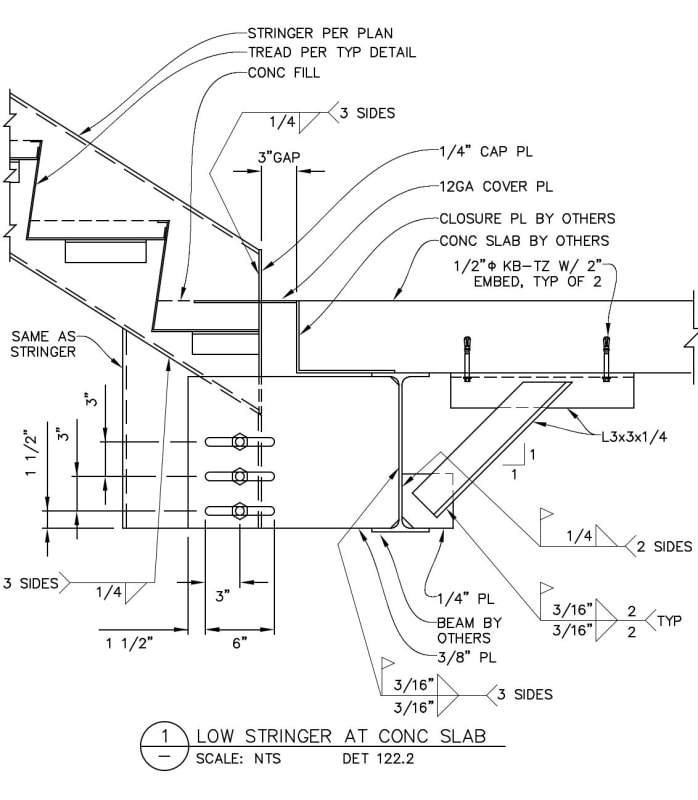I am doing a building in California the will have a partial steel podium with wood on top (3 stories of wood. We are thinking we will need to have a building expansion joint were the steel stops to allow structures to move interdependently. So one side will be 4 stories of wood, the other 1 story steel with comp deck with 3 stories of steel on top. It will also have one atrium area where the steel will go up to level 3.
I was wondering if anyone had pointers on designing this, and sized the joint we need. Also if there is anything in the California building code that addresses this.
Thank you!

